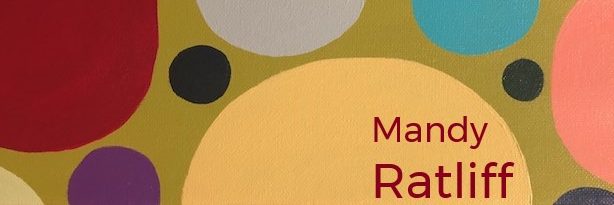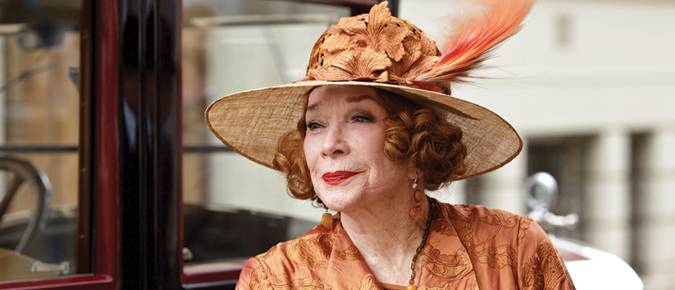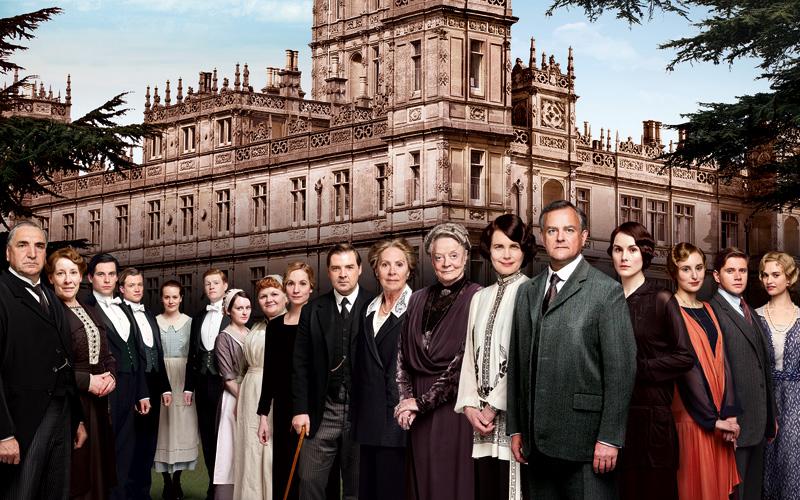Tonight’s mysteries were an animation cel inked by a lady communist, papers detailing the freeing of a New Orleans slave, and a dagger that possibly may have been Mussolini’s (Spoiler: it’s not!).
I shall back up. History Detectives is the love child of Antiques Roadshow and CSI. It features five “detectives”, each of whom are either professor/authors or appraisers/something else. And people contact them because their grandparent or great uncle or someone had something that may be something. And the Detectives investigate! They come back to the owner and say, “Listen to this cool story…” or they say, “Your grandfather probably embellished his Mussolini dagger tale.”
History Detectives also has little filler “Fun facts!” segments. Tonight had a spot about checking signatures for authenticity. So if you’re interested in forging, here are things to be careful about:
- Check archives for sample penmanship to compare with your document.
- Take special note of t’s, i’s and loops.
- Look at spacing and slanting.
- See if the pen came up off the paper mid-signature. This indicates hesitancy and may be a fake.
- Also, use a microscope and infra-red light because everyone has those handy.
Now here is my very own “Fun Facts!” segment: the History Detectives website has games! I just did a sample case and I am a five-star history detective. You can also answer questions to see which History Detective you are most like. I am most like Elyse the appraiser/art historian.
So what did I learn from tonight’s History Detectives? Forgery takes practice. Slaves in New Orleans had Sundays off and many freelanced to earn extra money (“Extra money” here means “money”). And I learned that it delights me to no end that the theme is Elvis Costello’s “Watching the Detectives”.
Have that song in your head? You’re welcome.



